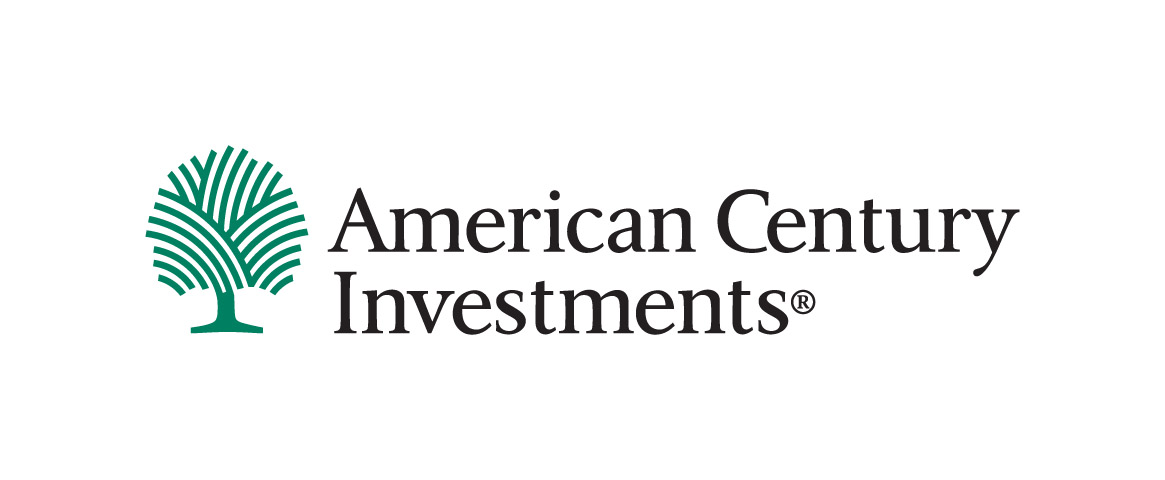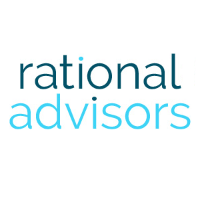Today's new ETF listings from around the world
USA
New ETF states 7% distribution target and names fund accordingly
New York-based Rational Advisors is listing a new ETF of ETFs, the
Strategy Shares - 7 Handl Index ETF (HNDL)
. Bravely, the fund sets itself an explicit distribution target of 7% which it then includes in the fund's prospectus and in the product name. (Hence its name "Strategy Shares
7
Handl…")
In order to achieve this 7% distribution target, HNDL splits its fund 50/50 into two buckets: "core" and "explore". It then uses leverage equal to 23% of the fund's value.
Core
The core bucket is made up 30% of equity ETFs and 70% of bond ETFs. The equity sleeve is made up of four ETFs, including the "three largest (by assets under management) ETFs that track large capitalization U.S. stocks," the prospectus says. The fourth is "the largest ETF (by assets under management) that tracks the NASDAQ-100 Index," presumably QQQ. The bond sleeve does something similar, picking the three largest US bond ETFs by AUM.
Explore
The explore bucket involves investing in 12 alternative ETFs that "have historically provided high levels of income," the prospectus says. What exactly these ETFs will be is left unsaid, one imagines that they'll be where the leverage comes in, by buying leveraged ETFs.
ETF Stream Analysis
It's brave to see a fund state a distribution target of 7%. And that HNDL does so in its name makes it unique. While brave, however, if HNDL falls short of its target one suspects the issuer will come to regret the naming. One also suspects that this type of fund is for those thinking short term: on a long-term basis, investors tend to be more interested in total return than in distribution rates.
Some aspects of the fund are puzzling, or at the very least not well explained in the prospectus. For instance, the prospectus says that the "core" portfolio will be decided by which bond and equity ETFs have the most AUM. At least as far as I'm aware, the three largest equity ETFs by AUM all track the same thing: a market cap weighted US stock market. If HNDL's prospectus is taken literally, the fund would buy SPY, IVV and VTI - all three of which are quite similar.
Where things get interesting is in the explore bucket, which is presumably where most of the drive for higher income will have to come from. (Most plain vanilla equity and bond ETFs do not provide distributions of 7%). But what will it invest in? My guess - and it's only a guess - is junk bond funds, put-write funds, leveraged commodity funds and high-income funds. Which can be great for yield but obviously come with higher risk. Regardless, HNDL is an interesting new addition to a crowding US ETF market.
Deutsche lists two more junk bond ETFs
Hot on the heels of yesterday's listing, Deutsche is listing two more US junk bond ETFs. They are:
Deutsche X-trackers High Beta High Yield Bond ETF (HYUP)
Deutsche X-Trackers Low Beta High Yield Bond ETF (HYDW)
HYUP tracks the Solactive USD High Yield Corporates Total Market High Beta Index, which puts together US dollar-denominated corporate junks bonds that potentially have higher beta compared with the overall US junk bond market. To qualify for selection in the index, bonds must have at least $400 million of outstanding face value; have an original maturity date of 15 years at most; and have at least one year to maturity. The index is market cap weighted and the weighting of every issuer is capped at 3%. The index is rebalanced on monthly.
HYDW does much the same but for the low beta end of the corporate junk debt spectrum. It does this via the Solactive USD High Yield Corporates Total Market Low Beta Index.
American Century lists two income-focussed funds
American century is listed two new ETFs that offer twists on familiar spaces. They are:
American Century STOXX U.S. Quality Value ETF (VALQ)
American Century Diversified Corporate Bond ETF (KORP)
VALQ buys into large and mid cap US companies that are judged to have solid valuations and sustainable incomes. The fund can also use futures contracts "to equitize cash and accrued income, simulate investments in the underlying index, facilitate trading or minimize transaction costs," the prospectus says.
KORP is actively managed and invests primarily in US dollar denominated corporate debt issued by US and foreign companies. Although the fund invests primarily in investment-grade debt, up to 35% of the fund's net assets may be invested in junk bonds, the prospectus says. KORP can also invest in derivatives, including futures contracts and swaps.




